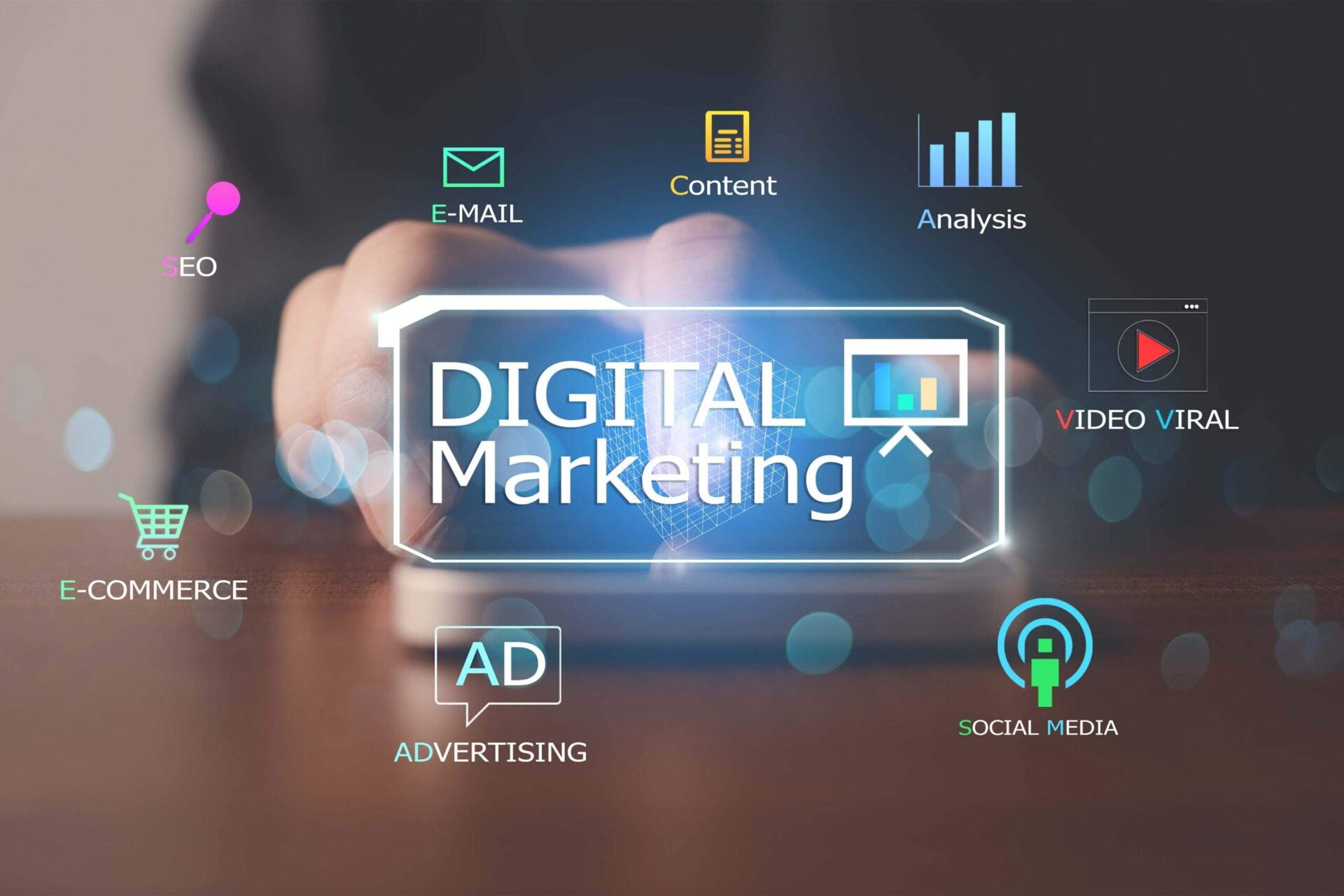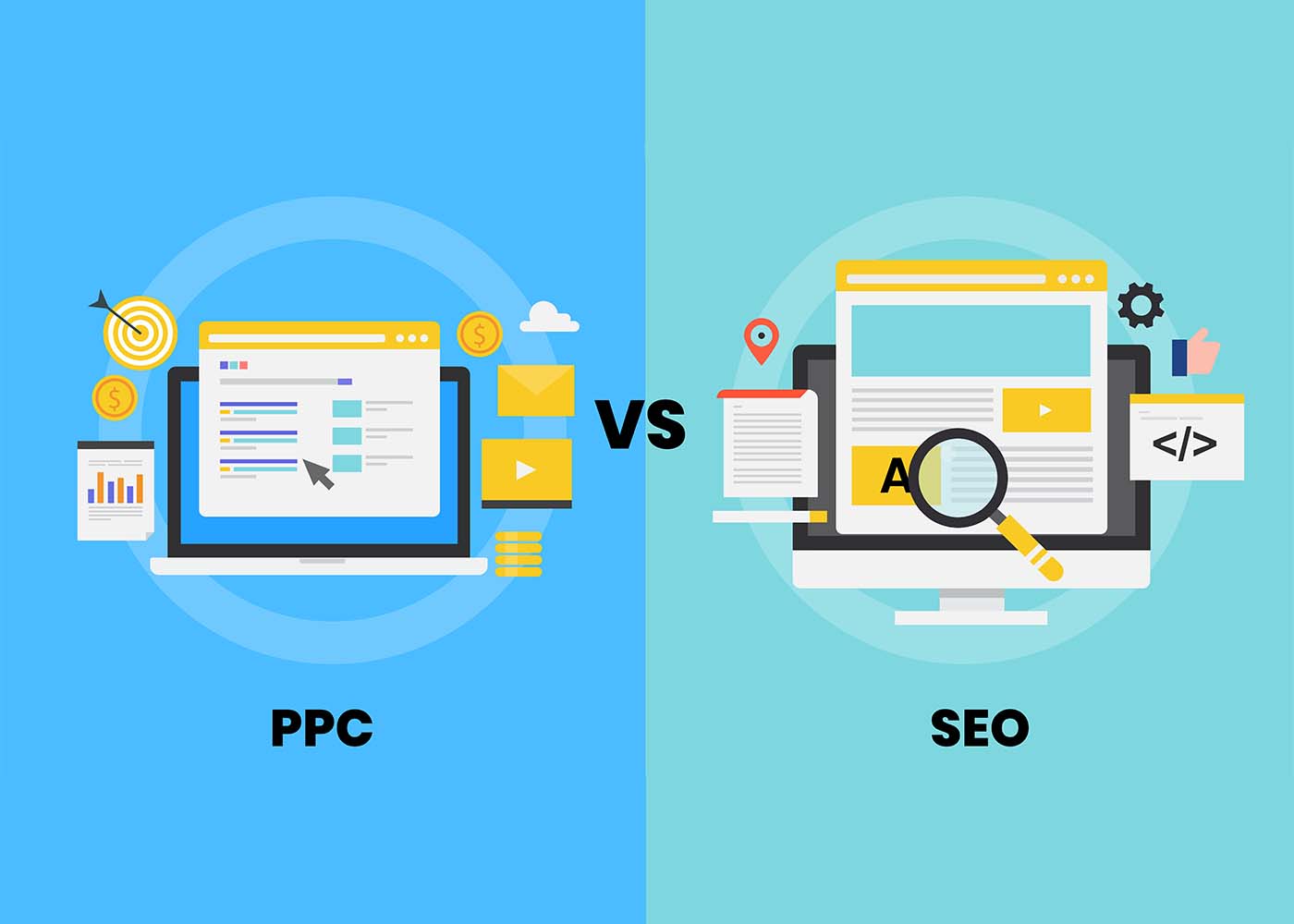If you’re an e-commerce business owner, it’s essential to understand how SEO can be used to help your company reach a wider audience and increase sales. Search engine optimization (SEO) is a powerful tool for increasing organic search traffic to your website, allowing more potential customers to find the products they need when searching online. Through optimizing title tags and meta descriptions, managing user intent keywords, leveraging internal linking strategies, and utilizing high-quality content creation techniques—all optimized for SEO—you’ll have greater success driving target visitors directly from search engines. This blog post will explain the fundamentals of SEO in relation to e-commerce stores, including tips on how you can optimize your own store quickly and effectively!
Understanding Search Engine Optimization (SEO): What it is and Why it’s Important
If you’re running an e-commerce site, you’re likely familiar with the concept of Search Engine Optimization (SEO). But understanding the intricacies of SEO can be a bit more complicated than you might expect. At its most basic level, SEO refers to a set of practices designed to help your site rank higher in search engine results pages (SERPs). To achieve this goal, you’ll need to focus on a range of factors – from keyword optimization to website architecture, and beyond. Why is SEO important? Quite simply, it’s because, without an effective SEO strategy, your e-commerce site is unlikely to be visible to potential customers who are searching for products just like yours. In an incredibly crowded marketplace, effective SEO can help you stand out from the crowd and drive more traffic and sales to your online store.
Introducing Keywords to Increase Visibility on Search Engines
In today’s digital age, having an e-commerce business is no longer just about selling products online, but also about making sure that potential customers can easily find your online store. This is where SEO (Search Engine Optimization) comes in. By incorporating relevant keywords into your e-commerce website’s content and metadata, you can improve your website’s visibility on search engines like Google. But with so many businesses vying for attention online, how do you choose the right keywords? It’s all about thorough research, identifying the search terms that your target audience is using, and strategically incorporating them into your website’s content. By mastering the art of keyword optimization, you can drive more traffic to your online store and increase your chances of turning browsing shoppers into loyal customers.
Crafting Unique and Relevant Meta Descriptions for Your Products
As an E-commerce business owner or marketer, you know how important it is to have your products stand out in the sea of competitors. One of the crucial elements that can make a difference in your click-through rates and ultimately sales is crafting unique and relevant meta descriptions for your products. Meta descriptions are brief summaries that appear under your product title and URL in search engine results. They provide searchers with a glimpse of what they can expect to find on the page. By creating compelling meta descriptions with targeted keywords, you can attract potential buyers and increase your chances of making a sale. Remember, a good meta description can make all the difference in the world of SEO, so take the time to craft them carefully.
Utilize Long Tail Keywords To Increase Organic Search Traffic
In today’s highly competitive online marketplace, it’s crucial for e-commerce businesses to have a strong SEO strategy to stay ahead of the competition. One effective strategy is to utilize long tail keywords, which are more specific and less commonly used than broader, generic keywords. By incorporating long-tail keywords into your website’s content and meta descriptions, you can increase your organic search traffic and attract more qualified leads to your site. With the right long-tail keywords, you can optimize your product pages and blog posts to connect with your target audience and improve your search engine ranking, helping you achieve greater online visibility and ultimately driving more sales.
Utilizing Social Media Platforms to Target Your Customers
In today’s digital age, ecommerce has become a booming industry with countless businesses vying for the customer’s attention. One of the most crucial aspects of running a successful e-commerce business is Search Engine Optimization or SEO. While SEO tactics have evolved over time, one strategy that remains effective is targeting customers through social media platforms. With over 3.6 billion active social media users worldwide, tapping into this pool of potential customers can significantly boost your e-commerce business. Utilizing social media platforms with a carefully crafted SEO plan can help you not only connect with your audience but also direct more traffic toward your e-commerce website. So, if you’re an e-commerce business looking to expand your customer base, it’s high time to leverage the power of social media and optimize your SEO game.
Encouraging Reviews for Better Rankings and Increased Sales
When it comes to boosting the visibility and success of an e-commerce site, search engine optimization (SEO) is a critical component. Not only can SEO techniques help improve search rankings, but they can also drive more traffic to your site and ultimately result in increased sales. One key aspect of SEO that should not be overlooked is customer reviews. By encouraging customers to leave reviews of your products and services, you can not only engage with your audience and build trust but also improve your search rankings. Google favors websites with fresh, relevant content, and customer reviews are a great way to achieve this. So if you’re looking to take your e-commerce business to the next level, make sure to prioritize customer reviews as part of your SEO strategy.
Use Structured Data Markup to Improve Click Through Rate (CTR)
Search engine optimization (SEO) is crucial for e-commerce businesses to increase their website’s visibility and attract potential customers. One effective strategy that many businesses overlook is the use of structured data markup. Structured data markup is a code that search engines use to understand the content and context of your website better. By including this code on your website, you can help search engines display rich snippets that provide more information to users, which can improve your click-through rate (CTR). In turn, a higher CTR means more potential customers are clicking through to your website, increasing the likelihood of conversion. So, if you want to enhance your SEO and increase your e-commerce sales, consider implementing structured data markup today.
Conclusion
Ultimately, understanding and implementing a strong ecommerce SEO can make all the difference in search engine rankings and customer visibility. By considering search engine optimization from the moment you launch your site, to the content you include on product pages, and even how you engage customers on social media, you can set yourself up for better rankings and more sales. Additionally, reviews are important connections to customers and can really help boost credibility as well as click-through rates. The best way to achieve success is to focus on the optimization of your content for search engines without compromising your core messaging. With a few simple steps, every leader in e-commerce can have a successful SEO strategy that will drive long-term results!
Finally, content marketing can be a powerful tool for e-commerce leaders. By leveraging content with the right keywords and phrases, you can connect with your customers on a deeper level and build long-term relationships.































